The Best Companion Plants For Campanula: Create A Beautiful And Harmonious Garden
The Best Companion Plants for Campanula: Create a Beautiful and Harmonious Garden
Campanula, also known as bellflower, is a genus of flowering plants that includes over 300 species. These plants are known for their delicate bell-shaped flowers, which come in a wide range of colors, including blue, purple, white, and pink. Campanulas are a popular choice for gardens because they are easy to care for and can be grown in a variety of conditions.
One of the best things about campanulas is that they can be easily paired with other plants to create beautiful and harmonious gardens. When choosing companion plants for campanulas, it is important to consider the plant's height, bloom time, and color.
Here are some of the best companion plants for campanulas:
- Lamb's ear (Stachys byzantina): This plant has soft, gray-green leaves that provide a lovely contrast to the campanula's flowers. Lamb's ear is also drought-tolerant, so it can help to keep the campanula's soil moist.
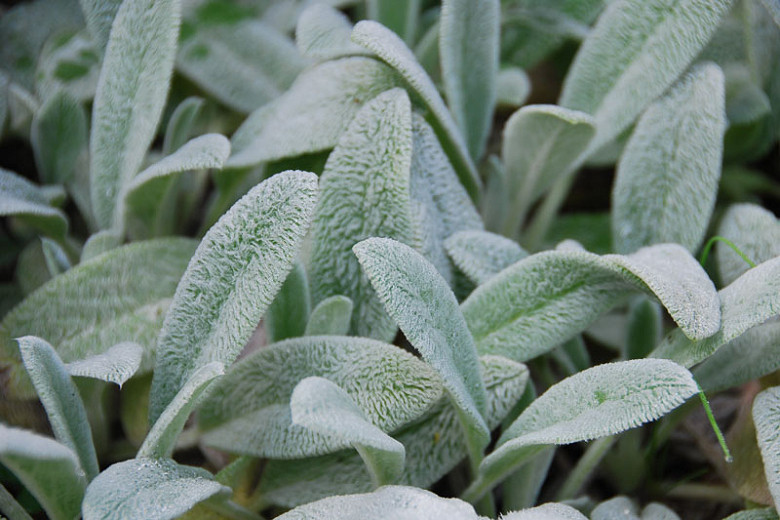
- Lady's mantle (Alchemilla mollis): This plant has delicate, fern-like leaves that add a touch of elegance to any garden. Lady's mantle blooms in early summer, and its flowers are a perfect complement to the campanula's blooms.
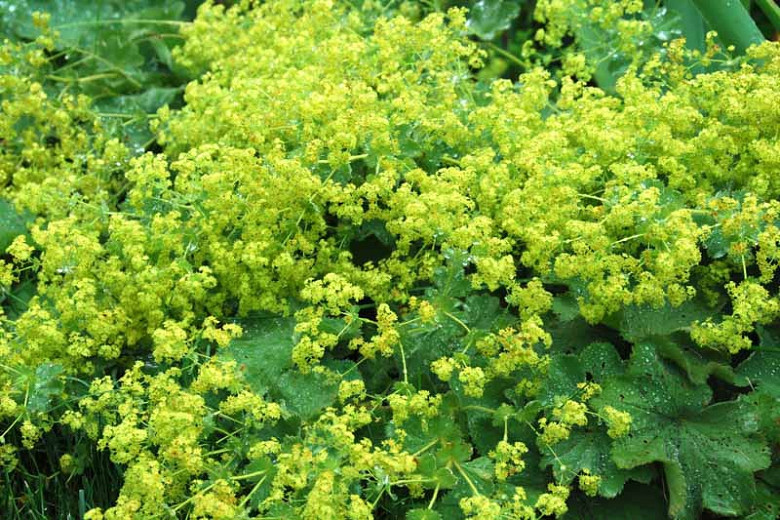
- Columbine (Aquilegia): This plant has showy, brightly colored flowers that attract butterflies and hummingbirds. Columbine blooms in early summer, and it can be paired with campanulas of all colors.
- Roses: Campanulas and roses make a beautiful combination. The campanula's delicate flowers provide a lovely contrast to the roses' large, showy blooms.
- Coral bells (Heuchera): This plant has colorful, heart-shaped leaves that add a touch of whimsy to any garden. Coral bells bloom in late summer, and they can be paired with campanulas of all colors.
- Geraniums: Geraniums and campanulas are both popular choices for gardens, and they make a beautiful combination. Geraniums come in a wide range of colors, so you can easily find one that will complement the campanula's blooms.
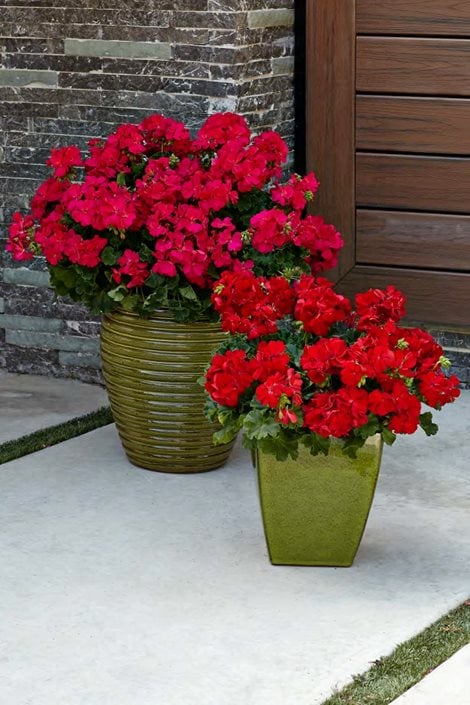
- Foxglove (Digitalis purpurea): This plant has tall, spikes of bell-shaped flowers that add a dramatic touch to any garden. Foxglove blooms in early summer, and it can be paired with campanulas of all colors.
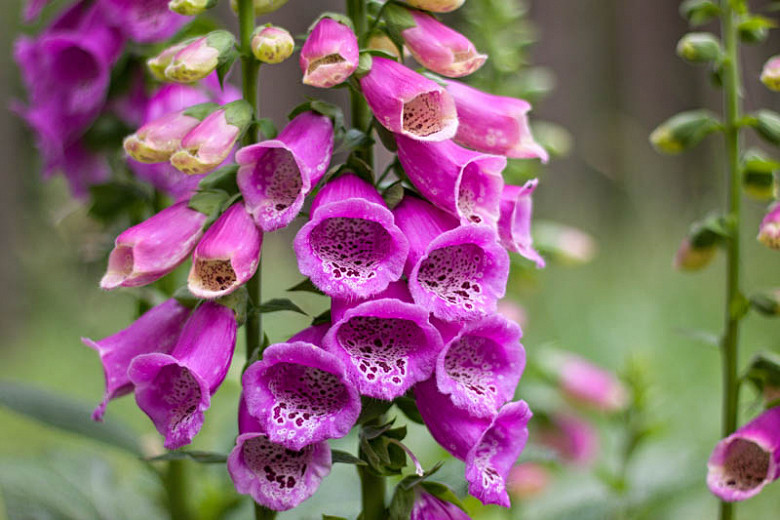
When choosing companion plants for campanulas, it is also important to consider the plant's light requirements. Campanulas can tolerate full sun or partial shade, so you can choose companion plants that have the same light requirements.
With a little planning, you can create a beautiful and harmonious garden by pairing campanulas with the right companion plants. By considering the plant's height, bloom time, color, and light requirements, you can create a garden that is both stunning and easy to care for.
Campanula, or bellflower, is a beautiful and versatile perennial that can be grown in a variety of settings. When choosing companion plants for campanula, it is important to consider the plant's sun and water requirements, as well as its overall aesthetic.
Some good companion plants for campanula include:
- Lamb's ear (Stachys byzantina): This hardy perennial has soft, silvery foliage that provides a nice contrast to the campanula's flowers. Lamb's ear is also drought-tolerant, making it a good choice for gardens in hot, dry climates.

- Lady's mantle (Alchemilla mollis): This delicate perennial has fern-like foliage and dainty yellow flowers. Lady's mantle is a good choice for shady gardens, and it can also help to attract pollinators to your yard.

- Columbine (Aquilegia): This colorful perennial has showy flowers that come in a variety of colors, including blue, pink, and white. Columbine is a good choice for borders and rock gardens, and it can also be grown in containers.
- Roses: Campanulas and roses make a beautiful combination, and they can be planted together in beds, borders, or containers. Roses provide height and drama, while campanulas add a touch of elegance.
For more information about campanula companion plants, please visit Gardenia Inspiration. This website has a comprehensive list of companion plants for campanula, as well as information on how to plant and care for these beautiful flowers.
FAQ of campanula companion plants
1. What are good companion plants for campanula?
Campanulas are versatile plants that can be paired with a variety of other plants. Some good companion plants for campanula include:
- Astilbe: Astilbe is a shade-loving plant that adds height and interest to a campanula border.
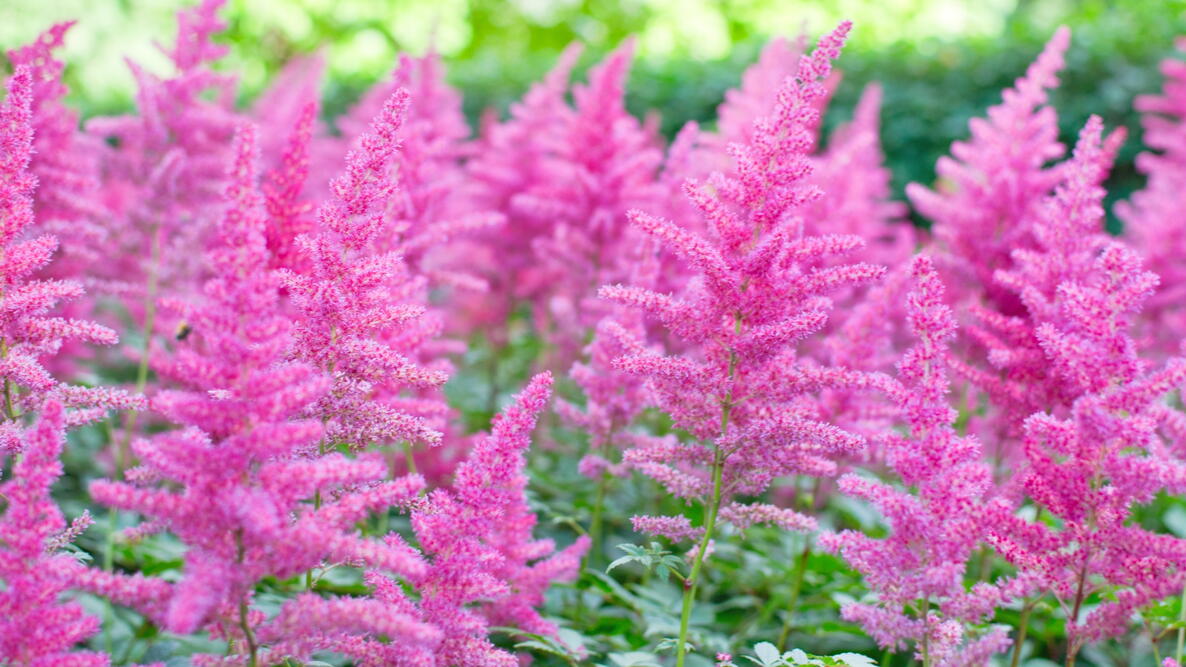
- Coneflower: Coneflower is a sunny-spot plant that blooms at the same time as campanula, creating a beautiful contrast of colors.
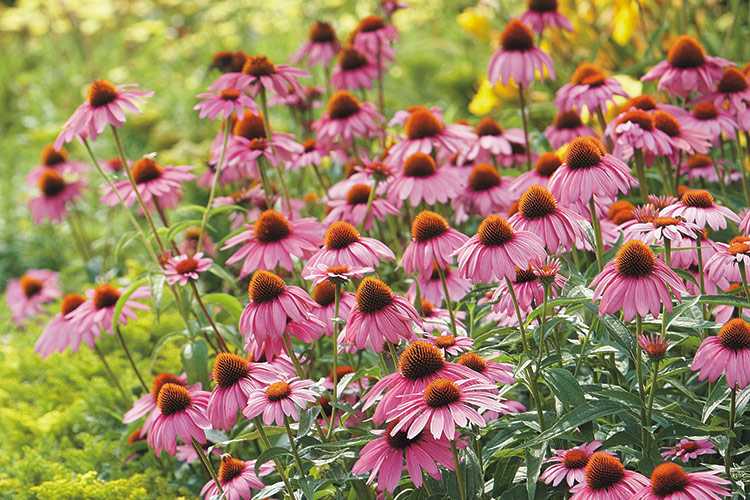
- Lavender: Lavender is a drought-tolerant plant that attracts pollinators, making it a good choice for campanula borders.
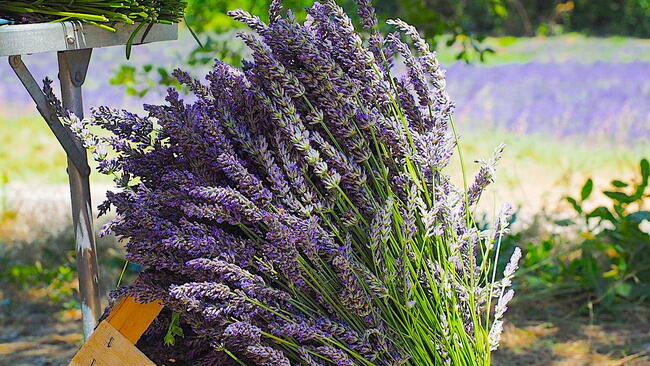
- Salvia: Salvia is a sun-loving plant that blooms for a long period of time, making it a good companion for campanula.
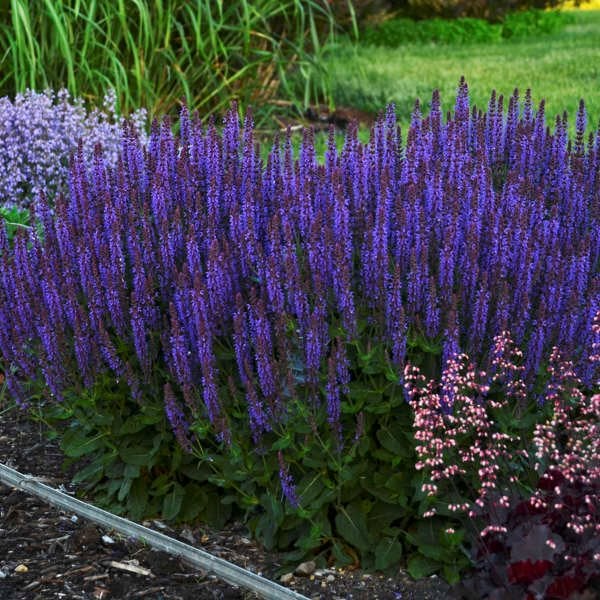
- Yarrow: Yarrow is a hardy plant that can tolerate a variety of conditions, making it a good choice for campanula borders.

2. What are the benefits of planting companion plants with campanula?
There are several benefits to planting companion plants with campanula. These include:
- Improved pollination: Companion plants can attract pollinators, which help to pollinate campanulas and other plants in the garden.
- Disease prevention: Companion plants can help to deter pests and diseases, which can help to keep campanulas healthy.
- Enhanced beauty: Companion plants can add height, color, and texture to a campanula border, creating a more visually appealing garden.
- Improved soil health: Companion plants can help to improve soil health by fixing nitrogen and other nutrients.
3. What are some common mistakes people make when planting companion plants with campanula?
Some common mistakes people make when planting companion plants with campanula include:
- Planting the wrong companion plants: Some companion plants can compete with campanulas for water and nutrients, so it is important to choose the right plants.
- Planting companion plants too close together: Companion plants should be spaced far enough apart so that they have room to grow.
- Not watering companion plants regularly: Companion plants need water just like campanulas, so it is important to water them regularly.
- Not fertilizing companion plants: Companion plants can benefit from fertilizer, so it is a good idea to fertilize them regularly.
4. How do I choose the right companion plants for my campanulas?
When choosing companion plants for your campanulas, there are a few things to keep in mind:
- The type of campanula you are growing: Some campanulas prefer full sun, while others prefer partial shade. It is important to choose companion plants that have similar sunlight requirements.
- The size of the campanula: Some campanulas are tall, while others are short. It is important to choose companion plants that will not overwhelm the campanula.
- The color of the campanula: Campanulas come in a variety of colors. If you want to create a colorful border, you can choose companion plants that complement the colors of the campanula.
5. How do I plant campanula companion plants?
To plant campanula companion plants, follow these steps:
- Choose a sunny or partially shaded spot in your garden.
- Prepare the soil by adding compost or other organic matter.
- Dig holes that are slightly larger than the root balls of the plants.
- Plant the companion plants at the same depth they were growing in their pots.
- Water the plants thoroughly.
Image of campanula companion plants
5 different images of "campanula companion plants" from Pinterest:
- Lamb's Ear (Stachys byzantina): This plant has soft, silvery leaves that make a great contrast to the campanula's flowers. It also attracts beneficial insects, such as ladybugs and lacewings.

- Lady's Mantle (Alchemilla mollis): This plant has delicate, fern-like leaves that add a touch of elegance to any garden. It also blooms in a variety of colors, which can complement the campanula's flowers.

- Columbine (Aquilegia): This plant has bright, colorful flowers that make a great statement in the garden. It also attracts hummingbirds and butterflies.
- Roses: Campanulas and roses are a classic combination. The campanula's delicate flowers complement the roses' more showy blooms.
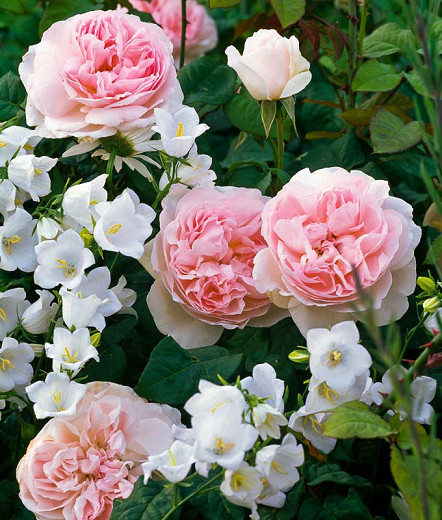
- Yarrow (Achillea millefolium): This plant has daisy-like flowers that bloom in a variety of colors. It is also a good choice for pollinator gardens.

Post a Comment for "The Best Companion Plants For Campanula: Create A Beautiful And Harmonious Garden"